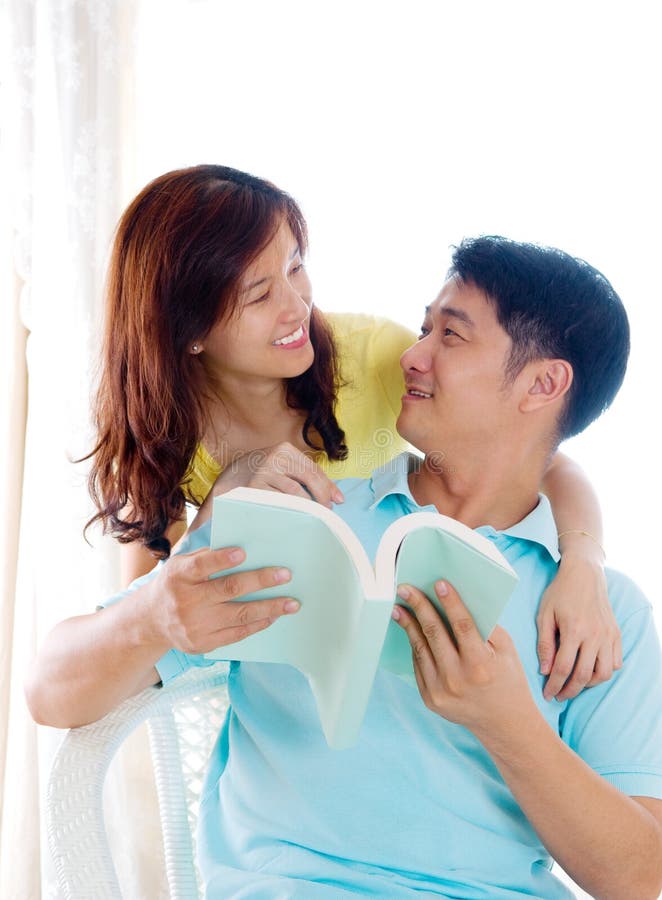Family approval is very important in Thailand, and it’s common for families to organise their children’s spouses. The bride’s families may meet with the groom’s family to discuss how much bride is required and to see if their son’s brother would approve of their child marrying their child in the training of Sin Sod https://www.ellevatenetwork.com/articles/7473-why-do-women-have-to-be-perfect-at-work.
A pair will gather together at a water-pouring table ( dtang rot naam ), where older members of both families and special guests will anoint their foreheads with a white thread, which monks typically do at the previous ceremony. Afterward, they will receive two mong kols (ceremonial Thai headpieces ) to wear, which will serve as additional emblazons for their union.

The groom wo n’t be permitted to enter the bride’s home until he passes through a number https://asiansbrides.com/thai-cupid-review/ of symbolic doors or gates when the khan maak procession arrives at the bride’s residence. The bridesmaids and her relatives typically construct these, which lovingly prevent him from passing effortlessly while the group shouts him on with a lot of fun and whimsy.
The couple may bow down and pray for their happiness and success before the band trade. The bride and groom may also give a local temple a merit surprise in the form of money or food during this tradition to express gratitude to the church for its blessings. Rod Nam Sang, or Rod Nam Sang, is a custom that many contemporary couples follow to celebrate the beginning of their new life up.

